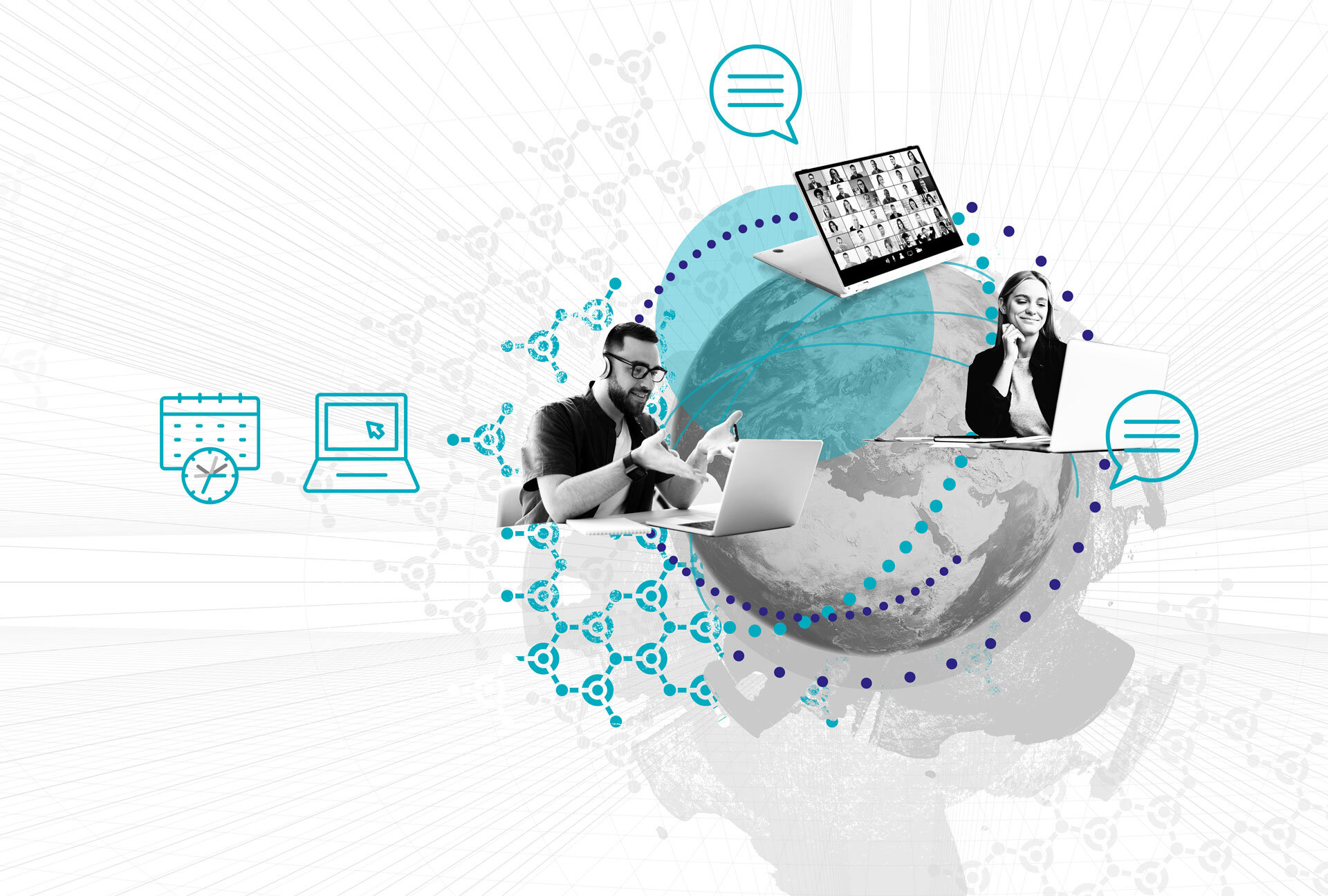Watch the Video
Demystifying Data Warehouse and Data Vault
In today’s data-driven business landscape, the terms “data warehouse” and “Data Vault” are frequently tossed around. But what exactly are they, and why should businesses invest in them? This article aims to demystify these concepts, addressing common questions from a business perspective. We’ll delve into the reasons behind implementing a data warehouse or Data Vault, how to explain their value to non-technical stakeholders, and when companies typically start investing in these solutions.
In this article:
Why Do We Need Data Warehouses and Data Vaults?
Before diving into the benefits of data warehouses and Data Vaults, let’s explore the challenges businesses face without them. Many traditional organizations grapple with:
- Limited Data Access: Data is often siloed, accessible only to specific departments, hindering cross-functional collaboration and insights.
- Lack of Structure: Ad hoc queries and a lack of standardized data processes lead to inefficiencies and unreliable results.
- Expensive Trial and Error: Decision-making based on incomplete or inaccurate data can be costly and time-consuming.
- Unreliable Data: Inconsistent data sources and ad hoc reporting can lead to errors and misguided decisions.
Data warehouses and Data Vaults address these challenges by providing a centralized, structured, and reliable repository for data. They enable:
- Data Integration: Combining data from various sources into a single source of truth supporting a comprehensive data strategy
- Enhanced Decision-Making: Empowering data-driven decision-making with accurate and timely insights.
- Historical Analysis: Enabling trend analysis and forecasting based on historical data.
- Improved Data Quality: Implementing data quality management processes to ensure accuracy and consistency.
- Scalability and Flexibility: Adapting to evolving business needs and data volumes.
- Auditability and Compliance: Maintaining data lineage and ensuring compliance with regulations like GDPR.
Explaining Data Vault to Non-Technical Stakeholders
When communicating the value of a Data Vault to commercial executives or non-technical stakeholders, it’s crucial to emphasize that it’s more than just a data model. Data Vault 2.0 is a comprehensive system of business intelligence, encompassing methodology, architecture, and modeling.
Highlight the key benefits Data Vault offers:
- Agility: Agile development methodologies enable quick responses to changing business requirements.
- Scalability and Flexibility: The architecture allows for seamless growth and adaptation.
- Consistency and Auditability: Data Vault ensures data accuracy, traceability, and compliance.
Use relatable examples to illustrate how Data Vault addresses specific business challenges. For instance, you could explain how it streamlines data integration from multiple sources, ensuring a single version of the truth for customer information.
When Do Companies Start Investing in Data Warehousing?
There’s no one-size-fits-all answer to this question. The ideal time to invest in data warehousing depends on several factors, including:
- Data Volume: The amount of data your company generates and the complexity of your data landscape.
- Business Needs: The extent to which your business relies on data for decision-making and operations.
- Strategic Goals: The importance of data-driven insights in achieving your company’s strategic objectives.
While larger enterprises with vast data volumes often invest in data warehouses early on, even smaller companies can benefit from them. Starting early, even with a smaller data warehouse, can be advantageous as it allows for gradual expansion and integration of external data sources as the business grows.
Conclusion
Data warehouses and Data Vaults are essential tools for businesses aiming to harness the power of their data. They address common data challenges, enable better decision-making, and offer a range of benefits that extend beyond mere reporting.
By understanding the key reasons for implementing these solutions and effectively communicating their value to stakeholders, you can build a strong case for investment and ensure that your organization reaps the rewards of a data-driven future.
Meet the Speaker

Lorenz Kindling
Lorenz is working in Business Intelligence and Enterprise Data Warehousing (EDW) with a focus on data warehouse automation and Data Vault modeling. Since 2021, he has been advising renowned companies in various industries for Scalefree International. Prior to Scalefree, he also worked as a consultant in the field of data analytics. This allowed him to gain a comprehensive overview of data warehousing projects and common issues that arise.

